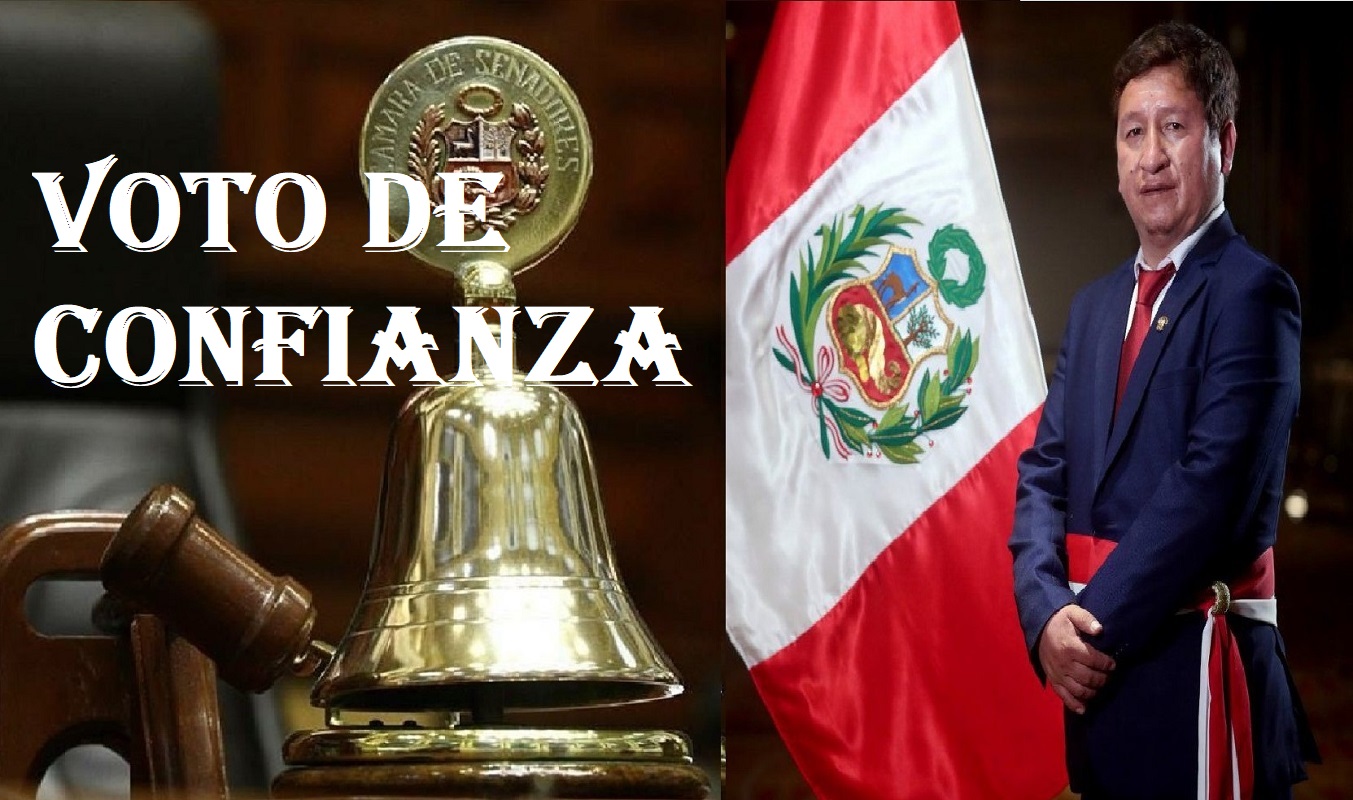Agencia Peruana de Noticias PRENSAPERU.PE https://prensaperu.pe Twitter: @prensaperupe En el Perú, la figura de la “Cuestión de confianza” se introduce para iniciativas ministeriales en la Constitución de 1933 y se amplía en la Constitución política de 1979, y posteriormente en los artículos 130, 132 y 134 de la Constitución Peruana de 1993.
El planteamiento de una cuestión de confianza es obligatorio solo para la investidura del Presidente del Consejo de Ministros y su Gabinete; es voluntario cuando los ministros deciden pedir al Parlamento un voto de confianza por propia iniciativa.
Si el Congreso niega la confianza a dos Gabinetes de un mismo mandato, el Presidente de la República queda facultado para disolver Congreso y convocar a elecciones parlamentarias.
El Presidente de la República puede convocar a sesión extraordinaria del Congreso de la República si el Congreso no está reunido.
El Presidente del Consejo de Ministros o el ministro individualmente debe exponer las razones de la solicitud frente al pleno del Parlamento. El Congreso debate sobre lo planteado y finalmente vota. La Cuestión de Confianza se aprueba por mayoría simple; es decir por más síes que noes; siempre y cuando las abstenciones no superen el número de votos a favor o en contra. Según la Constitución Política del Perú, si el Congreso no extiende la Cuestión de Confianza, el ministro queda obligado a renunciar. Si el Congreso no le extiende la confianza al Presidente del Consejo de Ministros, se produce la crisis total del Gabinete
Si se censura o niega el voto de confianza a dos gabinetes de un mismo gobierno, el Presidente de la República puede disolver el Congreso. El decreto respectivo deberá incluir una convocatoria a nuevas elecciones congresales dentro de los 4 meses posteriores a la disolución.
La Constitución también precisa que la Comisión Permanente del Parlamento seguirá en funciones y que el Congreso no puede ser disuelto en su último año de mandato.
Fuente: Agencia Peruana de Noticias PRENSAPERU.PE https://prensaperu.pe Twitter: @prensaperupe
English translation
The “Question of Confidence” or also “The Vote of Confidence”
Peruvian News Agency PRENSAPERU.PE https://prensaperu.pe Twitter: @prensaperupe In Peru, the figure of the “Question of trust” is introduced for ministerial initiatives in the Constitution of 1933 and is expanded in the Political Constitution of 1979, and later in articles 130, 132 and 134 of the Peruvian Constitution of 1993.
The raising of a question of trust is mandatory only for the investiture of the President of the Council of Ministers and his Cabinet; it is voluntary when ministers decide to ask Parliament for a vote of confidence on their own initiative.
If Congress denies trust to two Cabinets of the same mandate, the President of the Republic is empowered to dissolve Congress and call parliamentary elections.
The President of the Republic may call an extraordinary session of the Congress of the Republic if the Congress is not in session.
The President of the Council of Ministers or the individual minister must present the reasons for the request in front of the plenary session of Parliament. The Congress debates on what has been proposed and finally votes. The Confidence Question is approved by simple majority; that is to say, for more yeses than noes; as long as abstentions do not exceed the number of votes in favor or against. According to the Political Constitution of Peru, if Congress does not extend the Confidence Question, the minister is obliged to resign. If Congress does not extend confidence to the President of the Council of Ministers, the total crisis of the Cabinet occurs
If the vote of confidence is censored or denied to two cabinets of the same government, the President of the Republic can dissolve Congress. The respective decree must include a call for new congressional elections within 4 months after dissolution.
The Constitution also specifies that the Permanent Commission of Parliament will continue in office and that Congress cannot be dissolved in its last year in office.
Source: Peruvian News Agency PRENSAPERU.PE https://prensaperu.pe Twitter: @prensaperupe
